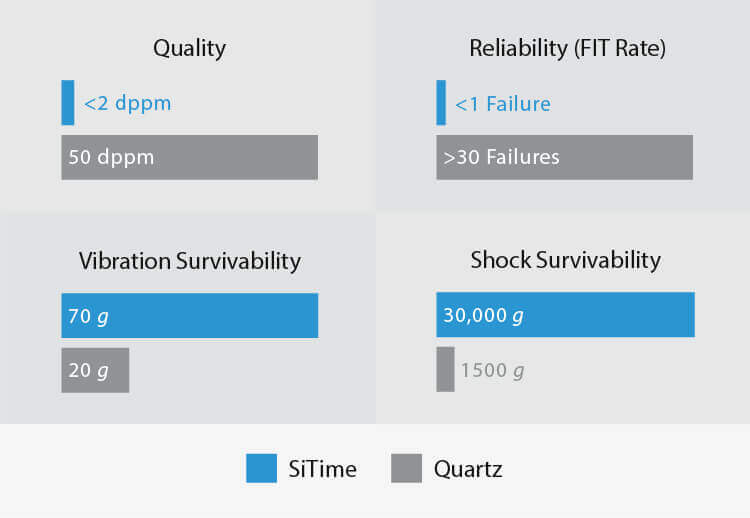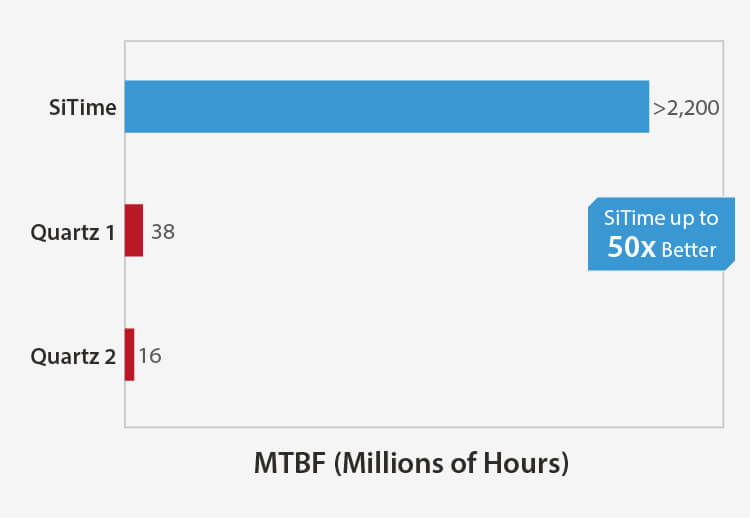MEMS Timing for EV Charging
| Devices | Key Features | Key Values |
|---|---|---|
|
MHz Oscillator
SiT8208A-G3-001 27 MHz
SiT8208 1 to 80 MHz
SiT1602 52 std freqs from 3.57 to 77.76 MHz
|
|
|
|
MHz Oscillator
SiT8021 1 to 26 MHz
|
|
|
|
MHz Oscillator
SiT1603 [2] 8 to 76.8 MHz (various specific frequencies)
|
|
|
|
Clock Generator
SiT9121x family [2] 1 to 750 MHz
|
|
|
1 12 kHz to 20 MHz integration range
2 Please contact SiTime for availability




